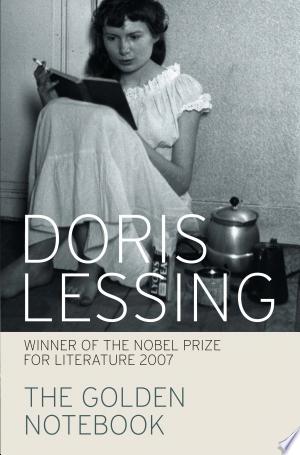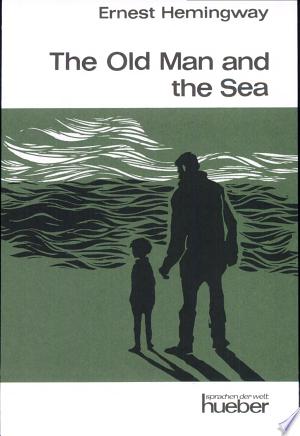
"The Golden Notebook" Summary
fiction | 576 pages | Published in 2012
Estimated read time: 5 min read
One Sentence Summary
A novel that explores the complexities of female identity and political ideology through the fragmented notebooks of protagonist Anna Wulf.
Table of Contents
Introduction
In the world of literature, there are certain books that stand out for their thought-provoking narratives and powerful portrayal of complex human emotions. "The Golden Notebook" by Doris Lessing is one such book. First published in 1962, this groundbreaking novel has become a literary classic, exploring themes of feminism, politics, and identity, and challenging conventional narrative structures. Through its multi-layered storytelling and introspective characters, "The Golden Notebook" offers readers a profound and thought-provoking reading experience.
Brief Synopsis
"The Golden Notebook" is set in the 1950s and follows the life of Anna Wulf, a writer struggling with her creativity and personal relationships. The novel is divided into five notebooks, each color-coded to represent a different aspect of Anna's life.
In the first notebook, which is black and records Anna's experiences in post-war London, we are introduced to her disillusionment with political ideologies and the breakdown of her marriage. As an active member of the Communist Party, Anna finds herself torn between her political beliefs and the reality of her personal life.
The second notebook, colored red, delves into Anna's radical feminist views and her participation in a women's liberation movement. Through her encounters with other women and her own personal experiences, Anna questions societal expectations and explores the limitations imposed on women by patriarchal structures.
The third notebook, blue in color, focuses on Anna's encounters with various men in her life, including her lover, Saul. It explores the complexities of sexual relationships and the power dynamics at play.
The fourth notebook, yellow, takes a step back from Anna's personal life and explores the creation of a fictional character named Ella. Through Ella's story, we witness themes of colonialism, racial inequality, and the struggle for independence.
Finally, in the fifth notebook, the golden one, Anna attempts to reconcile the fragmented aspects of her life. She reflects on the interconnectedness of her experiences and attempts to find a sense of unity and purpose.
Main Characters
| Character | Description |
|---|---|
| Anna Wulf | The protagonist of the novel, Anna is a writer who grapples with her personal relationships and political ideologies. |
| Saul Green | Anna's lover, Saul, represents the complexities of romantic relationships and the power dynamics between men and women. |
Themes and Insights
Feminism and Gender Roles
One of the central themes in "The Golden Notebook" is feminism and the exploration of gender roles. Anna's feminist beliefs and her involvement in the women's liberation movement highlight the unequal power dynamics between men and women in society. The novel critiques the traditional expectations placed on women and explores the ways in which women may be limited by societal norms.
Political Ideologies
With Anna's involvement in the Communist Party, "The Golden Notebook" also delves into the exploration of political ideologies. The novel questions the effectiveness of political movements and highlights the disillusionment experienced by individuals when confronted with the realities of political activism.
Identity and Fragmentation
The fragmented structure of the novel mirrors Anna's fragmented sense of self and identity. Through the use of multiple notebooks, each representing different aspects of Anna's life, the novel highlights the challenges of reconciling different parts of one's identity and the difficulty of finding unity in a fragmented world.
Alienation and Loneliness
Anna often experiences a sense of isolation and loneliness throughout the novel. The complex relationships she has with men and her struggles with creativity contribute to her feelings of alienation. This theme resonates with readers, inviting them to reflect on their own experiences of loneliness and the challenges of establishing meaningful connections with others.
Reader's Takeaway
"The Golden Notebook" is not an easy read, but it is a deeply rewarding one. Doris Lessing's masterful storytelling challenges readers to think critically about society's expectations, the limitations placed on women, and the complexities of human relationships. Through Anna's journey, readers are encouraged to question their own identities, consider the impact of political ideologies, and challenge traditional gender roles. Despite being set in the 1950s, the themes explored in "The Golden Notebook" are still relevant today, making this novel a timeless and thought-provoking read.
Conclusion
"The Golden Notebook" by Doris Lessing remains a significant work of literature that has had a lasting impact on readers since its publication. Its exploration of feminism, political ideologies, and the struggle for personal and creative fulfillment continue to resonate with readers today. This multi-layered novel encourages readers to reflect on their own lives and challenges them to question societal norms and the complexities of identity. Through its thought-provoking narrative and skillful character development, "The Golden Notebook" remains a must-read for anyone interested in literature that pushes the boundaries of conventional storytelling.
The Golden Notebook FAQ
What is 'The Golden Notebook' about?
Who is the author of 'The Golden Notebook'?
When was 'The Golden Notebook' first published?
Is 'The Golden Notebook' part of a series?
What are the major themes explored in 'The Golden Notebook'?
Is 'The Golden Notebook' suitable for young readers?
Has 'The Golden Notebook' received any literary awards?
Are there any film adaptations of 'The Golden Notebook'?




